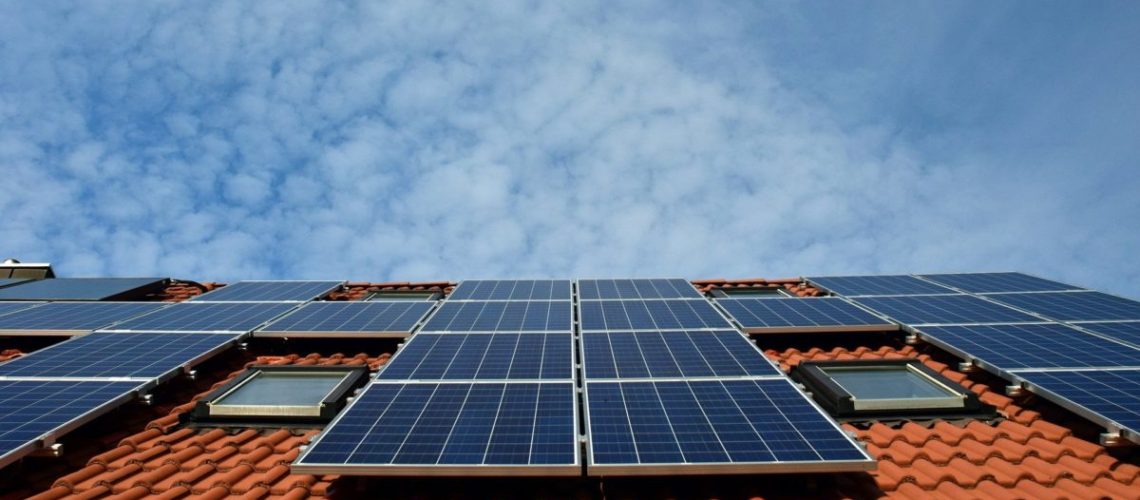A $3 billion Department of Energy conditional loan is expected to support Sunnova’s loan program for disadvantaged communities.
Sunnova Energy International secured a $3 billion conditional loan from the U.S. Department of Energy Loan Programs Office to support a new solar loan channel called “Project Hestia.”
Project Hestia is designed to increase access to solar and virtual power plant (VPP) services for disadvantaged communities who otherwise may not be able to secure loans for residential solar projects. The company will receive indirect and partially guaranteed cash flows for the loans associated with these customer accounts.
To be eligible for the program, each installation must be outfit with Sunnova’s energy management system, which customers can access via smartphone or other electronic devices. The system will make recommendations for demand response behaviors, offering customers opportunities to save on energy costs while helping balance the grid during times of peak demand.
If issued, the DOE loan would support loan origination for solar, storage and other Sunnova Adaptive Home technologies equipped with VPP capabilities. The loan guarantees are expected to lead to up to $5 billion in loan originations, lower the weighted average cost of capital, and generate interest savings.
The transaction is expected to close in Q2 2023, and the company said it plans to issue its first securitization in the first half of this year. Sunnova was advised by Atlas SP Partners and Citi on the transaction, while Baker Botts served as legal advisor. Kramer Levin acted as legal advisor to the financial advisors.
“DOE’s conditional commitment is expected to support grid reliability, improve access to clean energy, and enhance ratings and advance rates on our senior bonds,” said Robert Lane, executive vice president and chief financial officer at Sunnova. “This financing would allow Sunnova to realize issuance spreads commensurate with the expected credit uplift and introduce new, investment-grade investors to Sunnova’s long-term strategy.”
VPP services have been under focus for the DOE’s Loan Programs Office as the availability of debt financing for unfamiliar technologies has been a bottleneck for adoption.
A VPP is a virtual aggregation of distributed energy resources (DERs) like PV, energy storage, EV chargers and demand-responsive devices (such as water heaters, thermostats, and appliances). VPPs do more than provide decarbonization and grid services – they increasingly give grid operators a large-scale and utility-grade alternative to new generation and system buildout through automated efficiency, capacity support, and non-wire alternatives. By deploying grid assets more efficiently, an aggregation of distributed resources lowers the cost of power for everybody, especially VPP participants. Jigar Shah, director, U.S. Department of Energy Loan Programs Office
Sunnova has agreed to provide monthly servicing reports, and hardware and software deployment information to DOE. It will also measure the reduction in greenhouse gases associated with the project. As part of the conditional loan, Sunnova will be required to deliver collateral pools that realize agreed criteria related to FICO distributions for disadvantaged communities.
According to an industry survey run by Aurora Solar, 77% of homeowners reported either having solar or expressed interest in purchasing it. Supplemental technologies like energy storage and electric vehicles have gained in interest as well, as 82% of solar professionals reported increased interest in battery energy storage, and 79% said electric vehicle adoption is driving interest in residential solar.
“Project Hestia would make possible a historic private sector investment in disadvantaged American communities and energy infrastructure,” said William J. Berger, chief executive officer of Sunnova. “The DOE financing would accelerate the adoption of solar and storage, decrease greenhouse gas emissions, and expand the availability of reliable, clean, and affordable energy to those communities who benefit the most from low-cost energy.”



